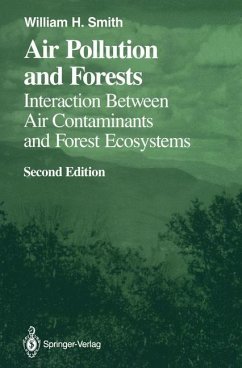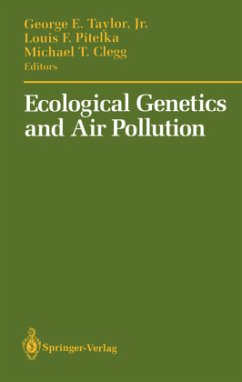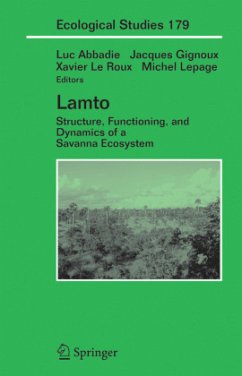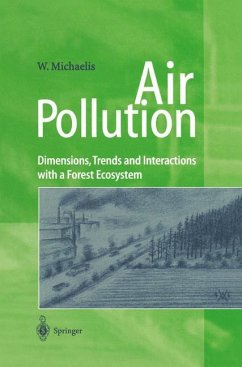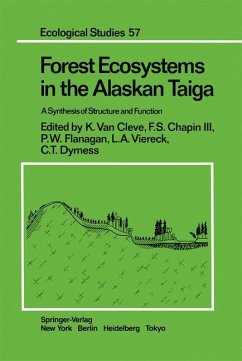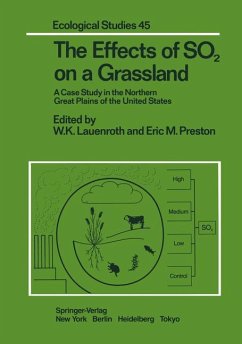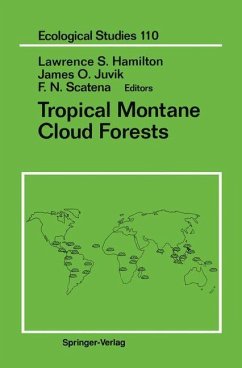
Oxidant Air Pollution Impacts in the Montane Forests of Southern California
A Case Study of the San Bernardino Mountains
Herausgegeben: Miller, Paul R.; McBride, Joe R.;Mitarbeit: Taylor, O. C.
Versandkostenfrei!
Versandfertig in 1-2 Wochen
153,99 €
inkl. MwSt.

PAYBACK Punkte
77 °P sammeln!
Since the 1950s, the pines native to the San Bernardino Mountains in Southern California have shown symptoms of decline that have proven to result from exposure to ozone, a major plant-damaging gas in photochemical oxidant air pollution. Because of their proximity to major urban areas, the San Bernardino Mountains have served as a natural laboratory for studying effects of oxidant and acidic air pollution on a mixed-conifer forest. This volume presents a body of research conducted over more than thirty years, including an intensive interdisciplinary five-year study begun in 1991. Chapters incl...
Since the 1950s, the pines native to the San Bernardino Mountains in Southern California have shown symptoms of decline that have proven to result from exposure to ozone, a major plant-damaging gas in photochemical oxidant air pollution. Because of their proximity to major urban areas, the San Bernardino Mountains have served as a natural laboratory for studying effects of oxidant and acidic air pollution on a mixed-conifer forest. This volume presents a body of research conducted over more than thirty years, including an intensive interdisciplinary five-year study begun in 1991. Chapters include studies of the relationships of biogeography and climate to the region's air pollution, the chemical and physiological mechanisms of ozone injury, as well as the impacts of nitrogen-containing pollutants and natural stresses on polluted forests. The synthesis of such long-term studies provides insights into the combined influences of pollutants on ecosystem function in forested regions with Mediterranean-type climates.







